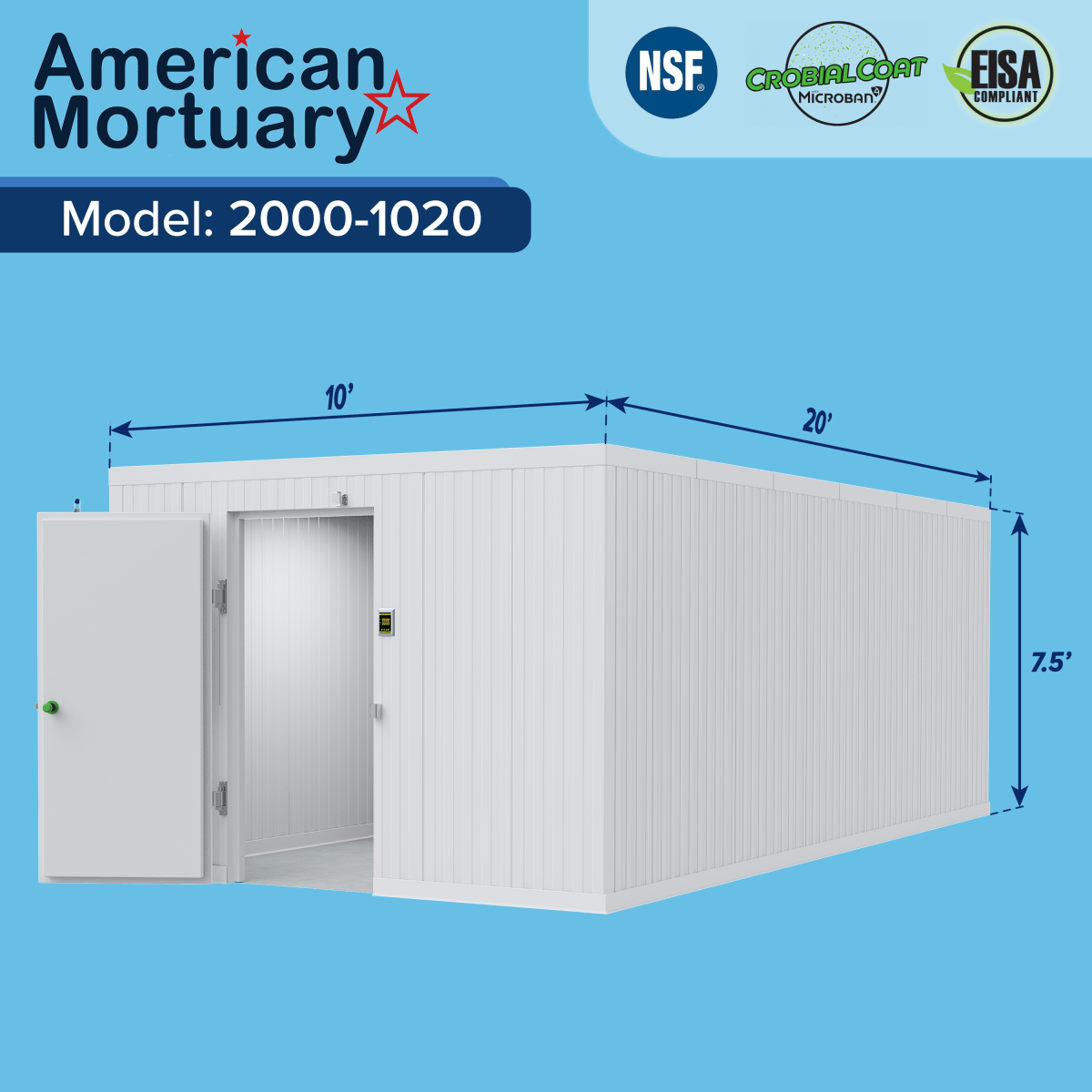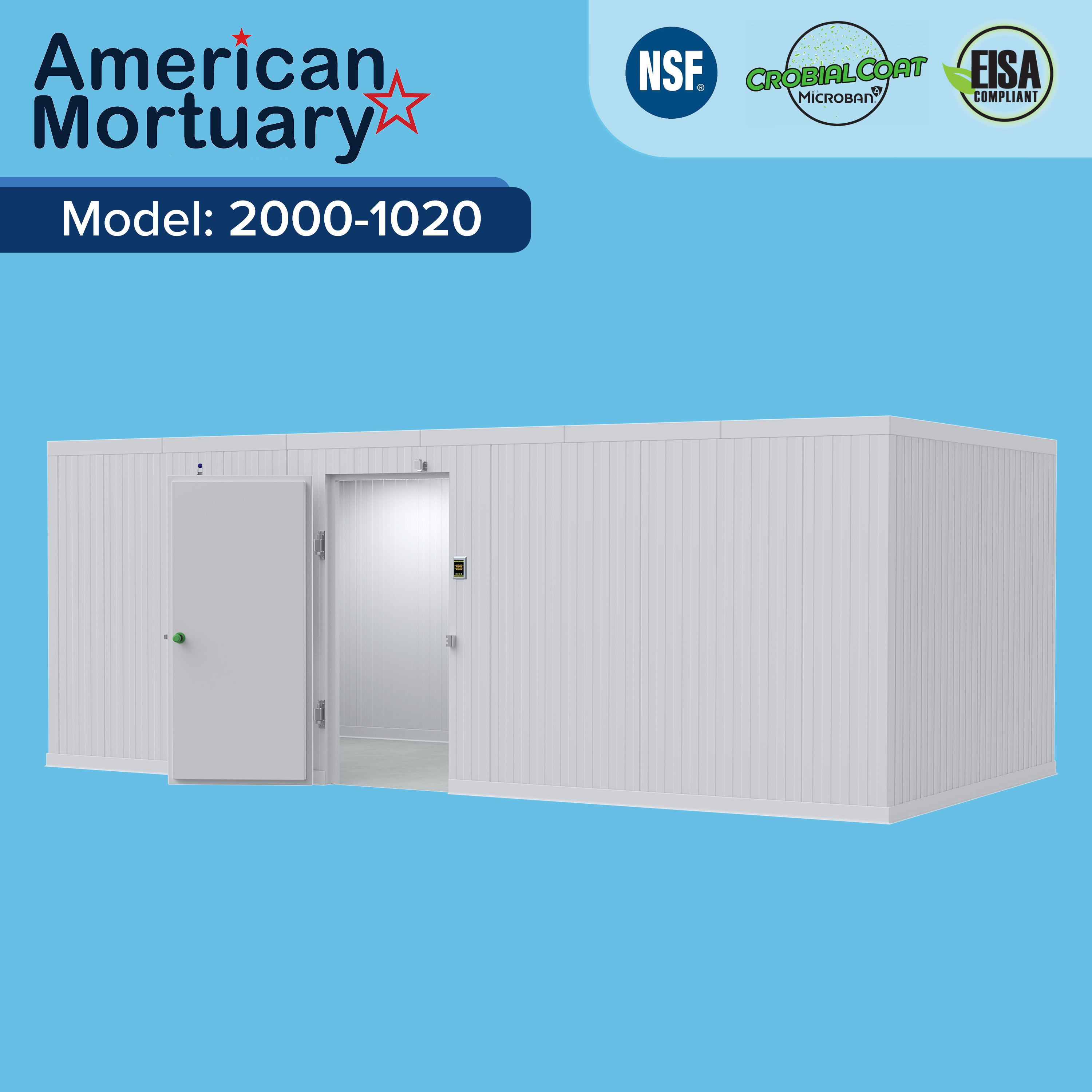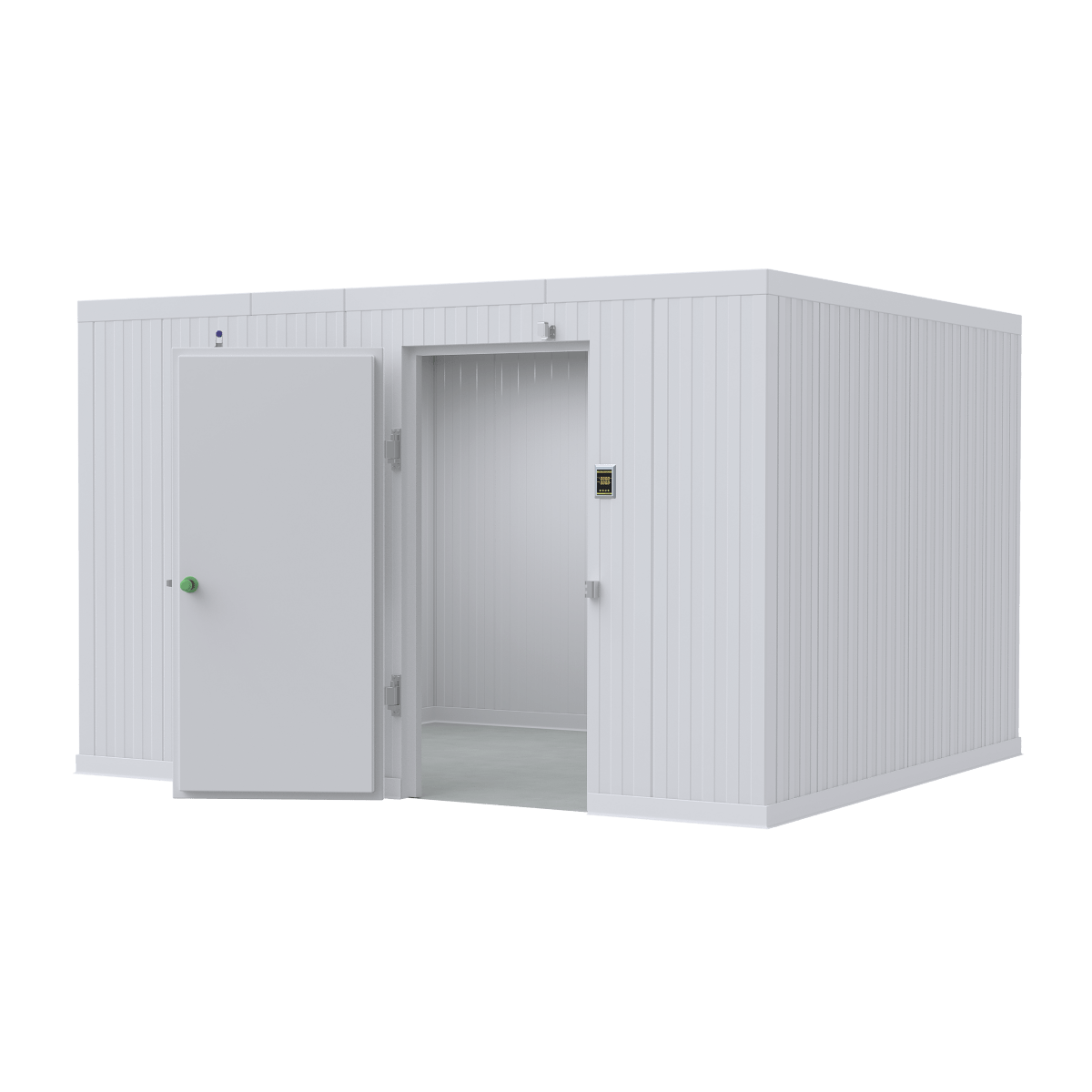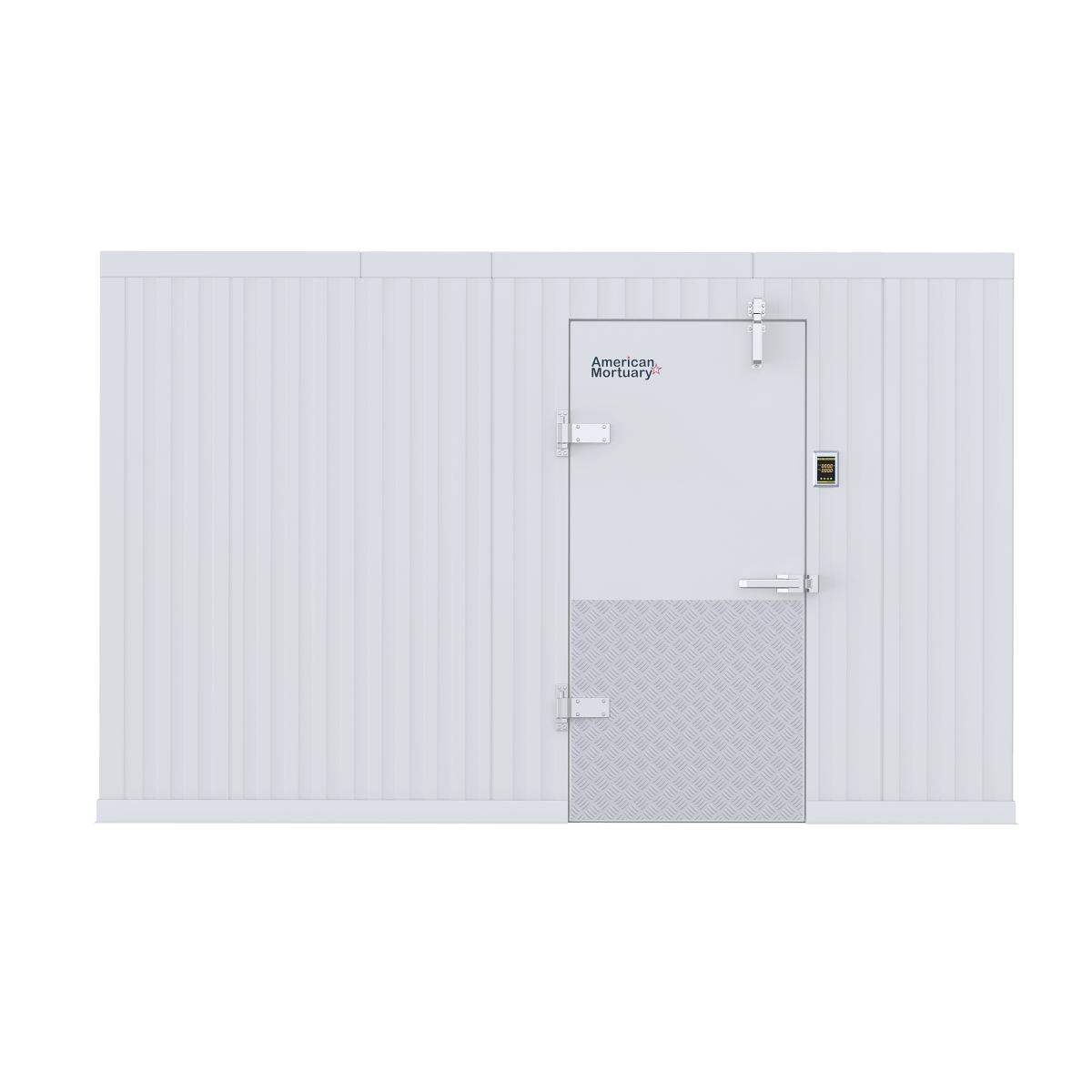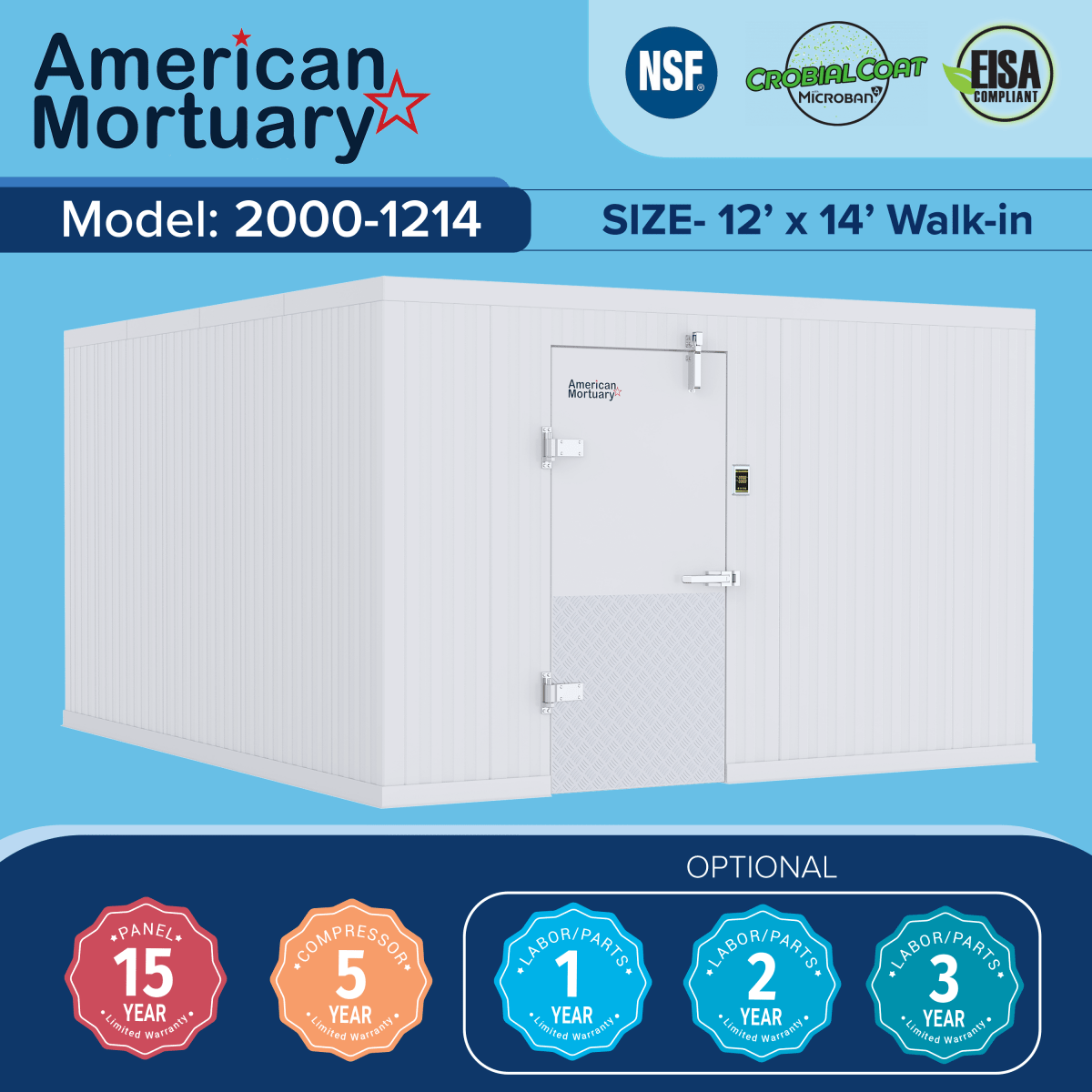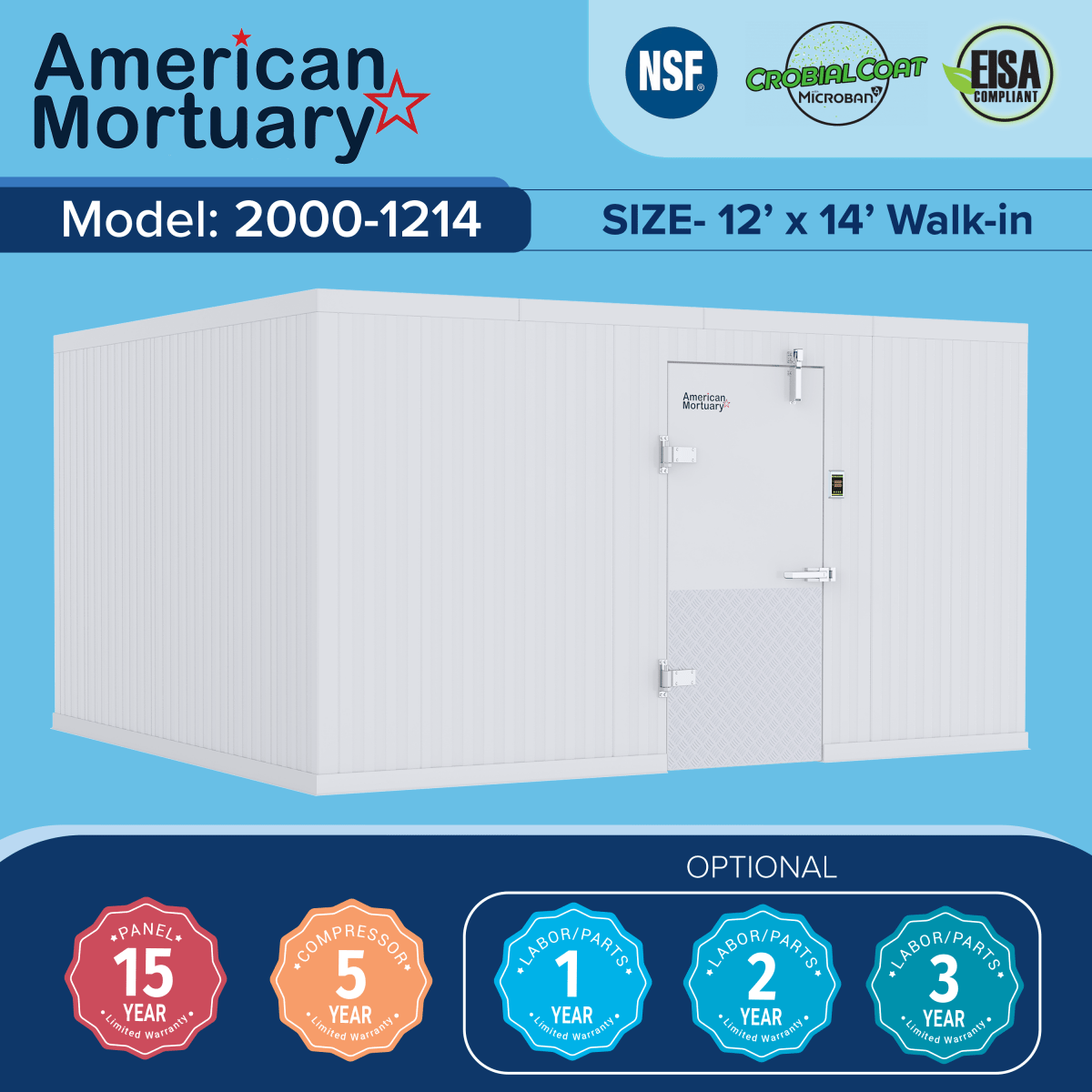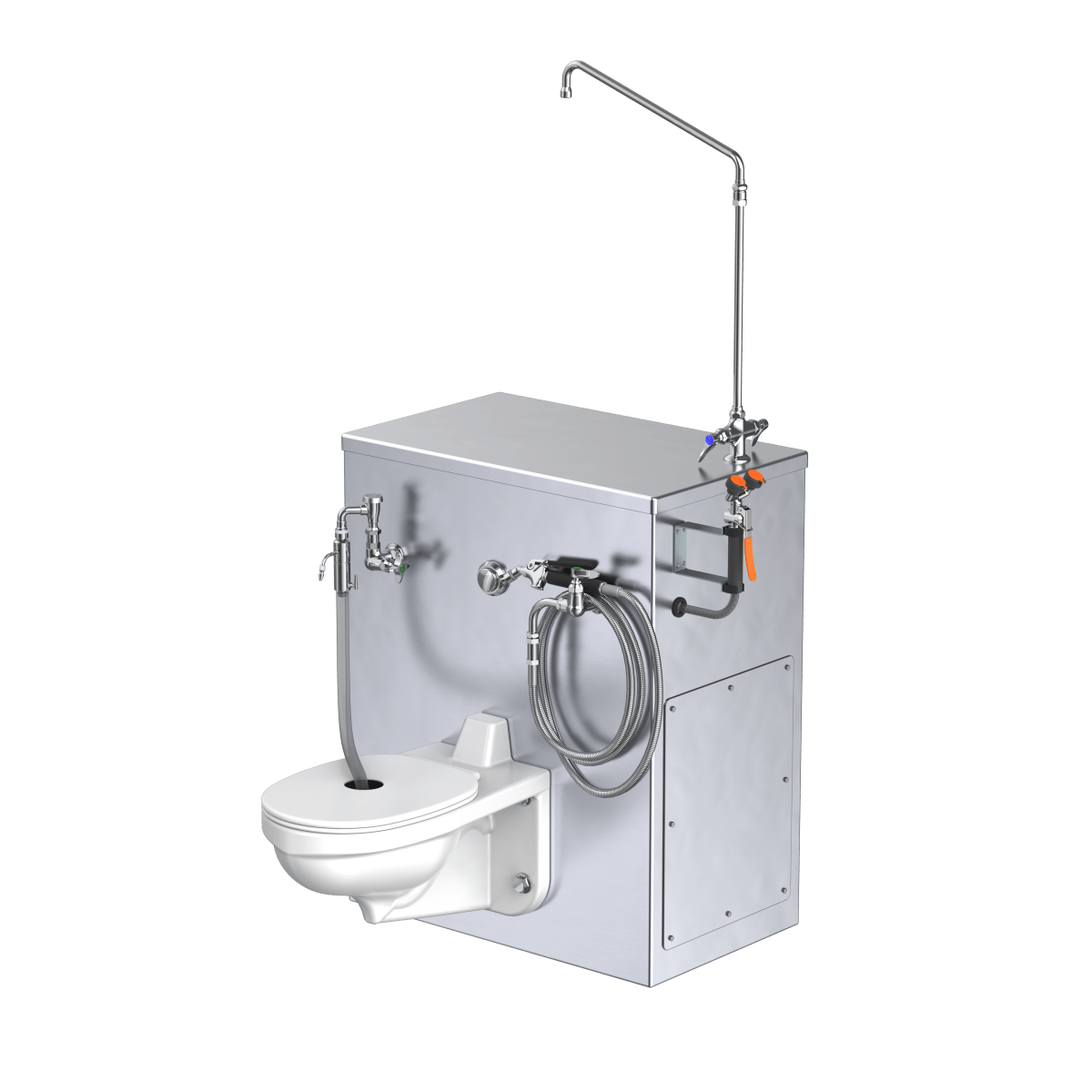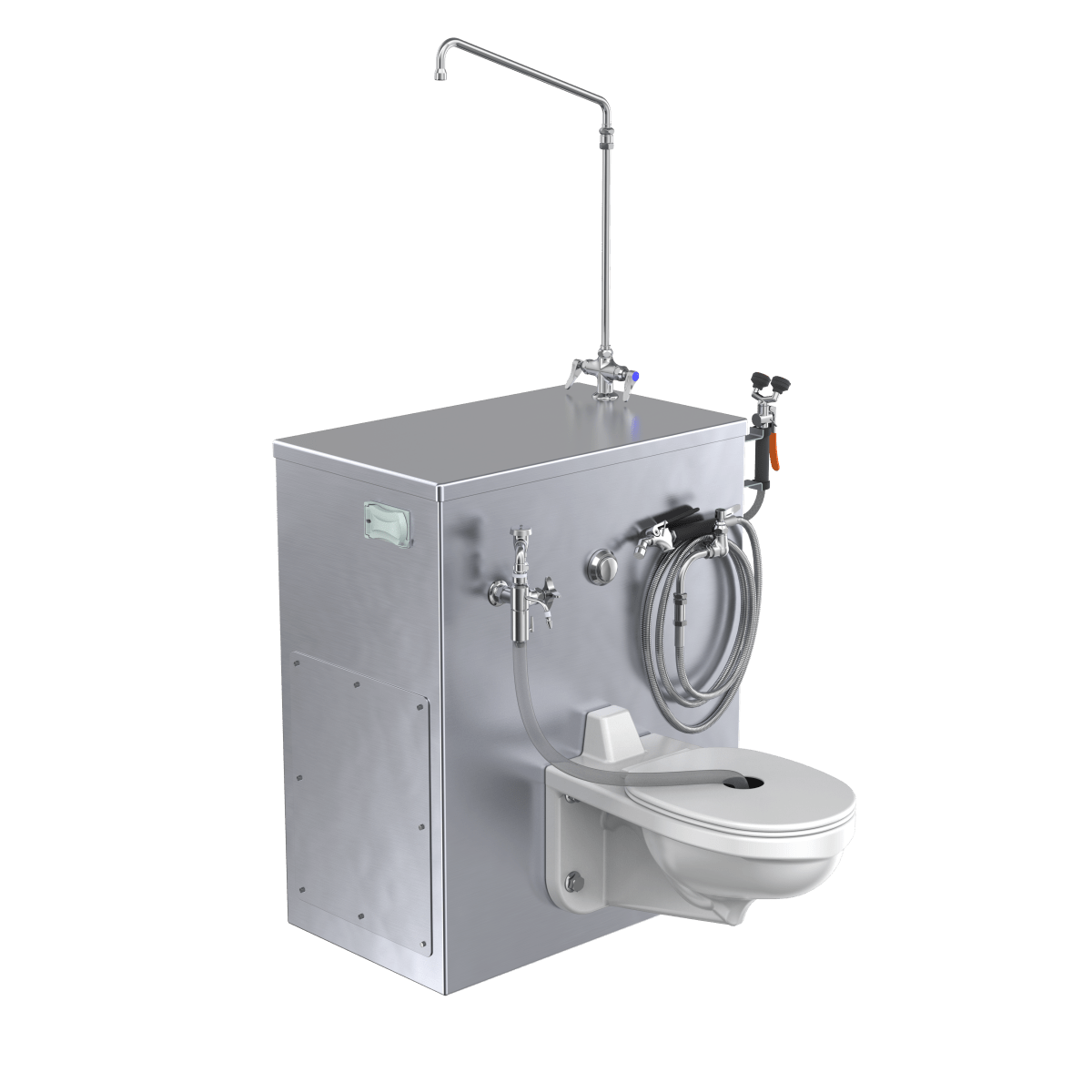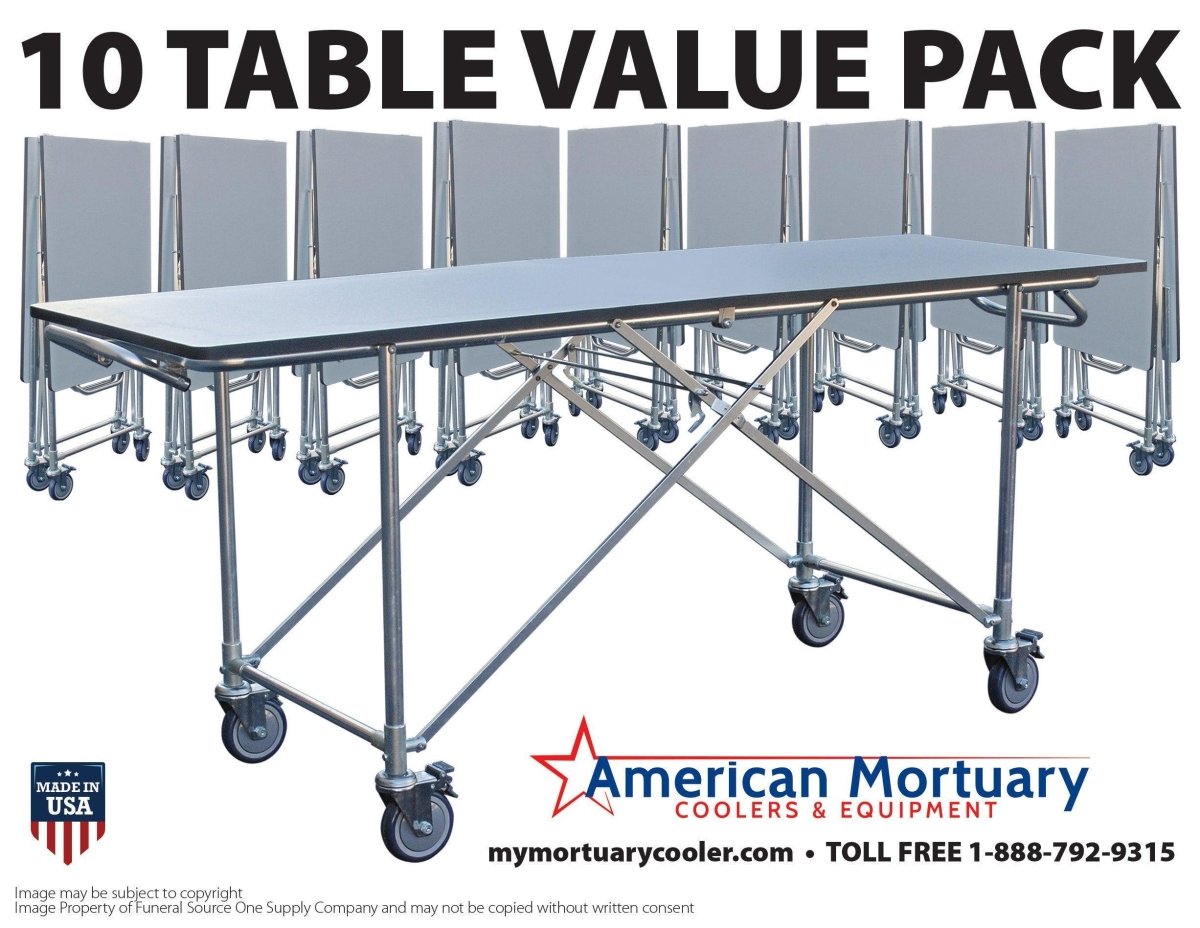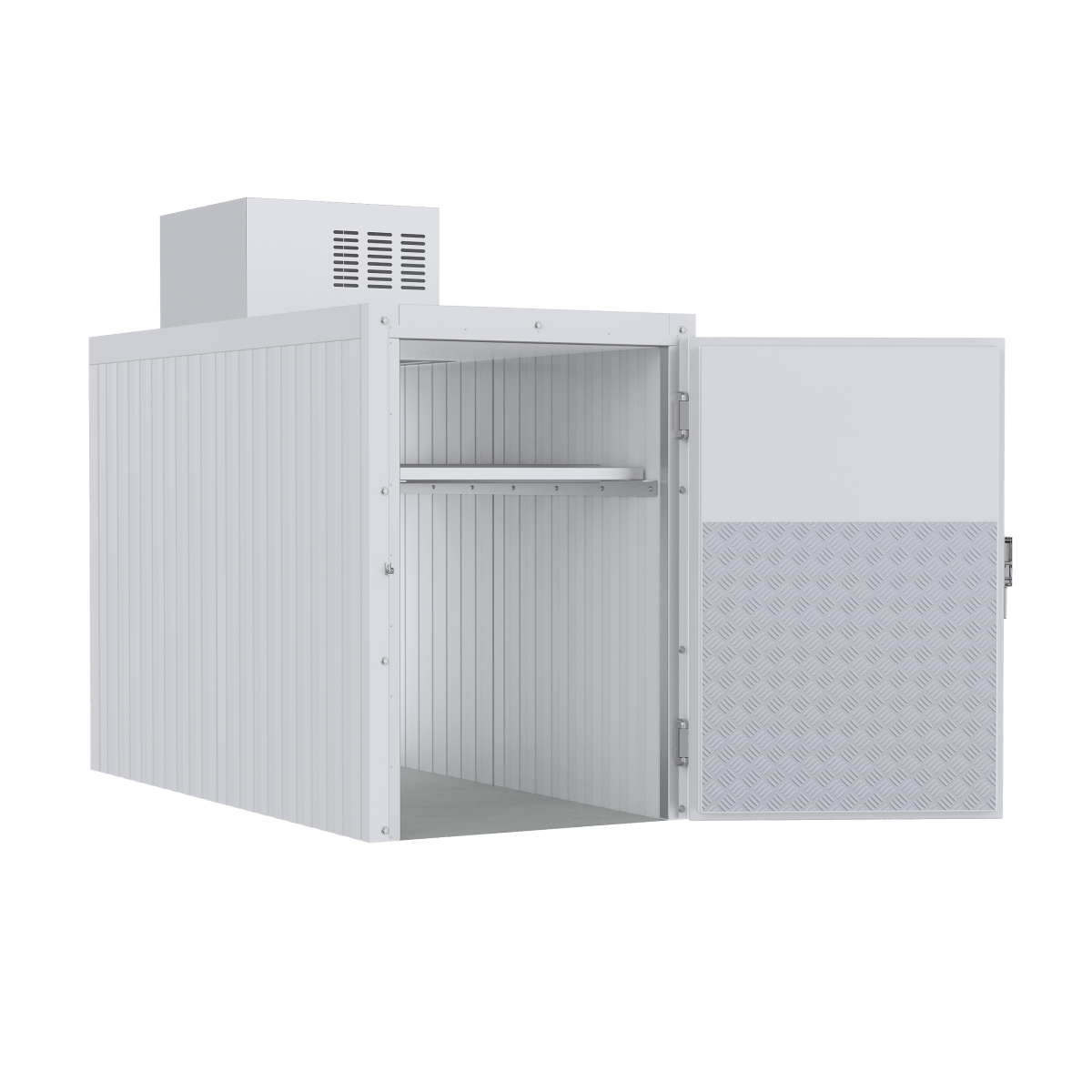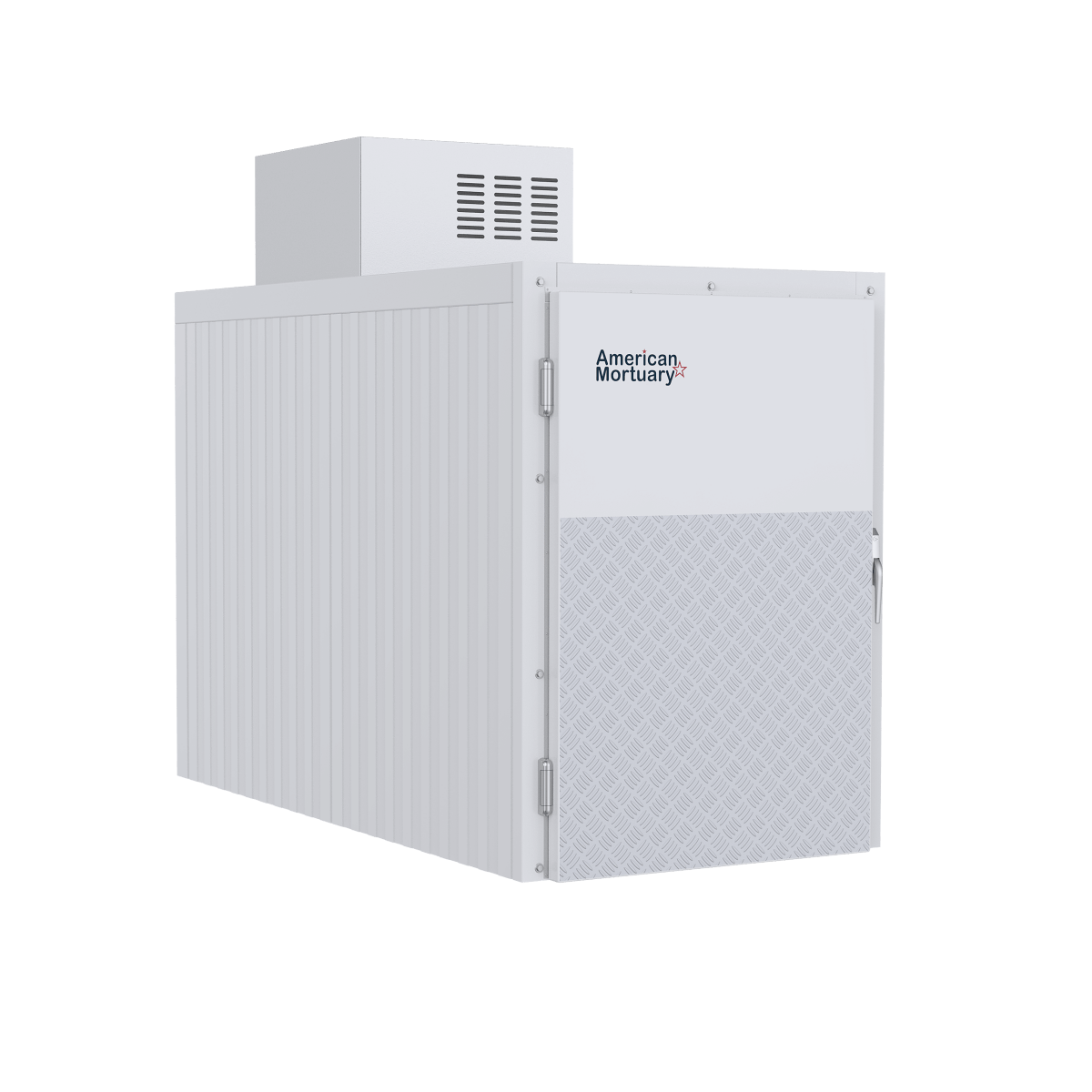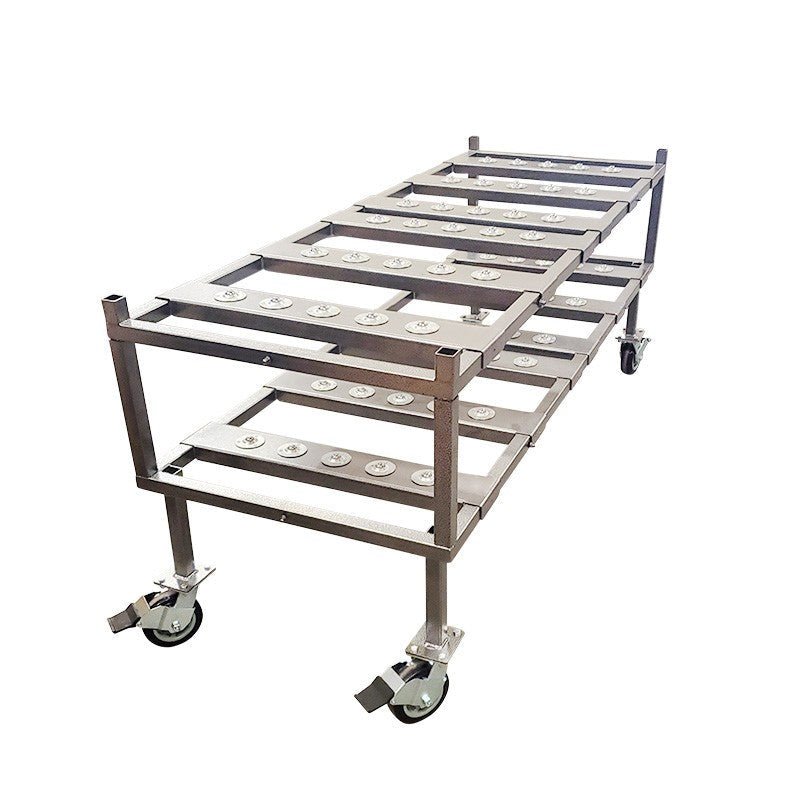The Essential Guide to Healthcare Transport: Understanding Gurney Beds
Gurney beds are specialized medical transport devices with wheels designed to move patients safely within healthcare facilities and emergency settings while they remain in a lying position. These essential pieces of equipment serve as mobile platforms that combine patient comfort, clinical functionality, and staff ergonomics.
| What is a Gurney Bed? | Key Features | Common Uses |
|---|---|---|
| A wheeled stretcher with an adjustable frame and cushioned surface for patient transport | • Adjustable height and backrest • Side rails • Locking wheels • IV pole attachments • Storage compartments |
• Hospital patient transfers • Emergency transport • Surgery preparation • Diagnostic imaging • Recovery positioning |
Gurney beds go by many names in healthcare settings - stretchers, transport cots, Stryker Gurneys, or stretcher chairs - but all serve the critical function of safely moving patients who cannot walk or should remain supine. Modern versions feature advanced capabilities like hydraulic or electric lift systems, adjustable backrests, secure side rails, and specialized accessories for patient monitoring and care delivery.
For hospitals and clinics, selecting the right gurney beds requires careful consideration of weight capacity, mobility features, and specialized functions. Standard models typically support 500 pounds, while bariatric versions can accommodate up to 1,000 pounds or more. The choice between manual and powered models depends on staffing levels, patient demographics, and budget constraints.
Safety remains paramount in gurney bed design, with features like auto-locking brakes, side rails, and secure patient restraints preventing falls during transport. With nearly 1 million patient falls occurring in U.S. hospitals annually and each fall-related injury costing up to $32,215, proper gurney selection and use significantly impacts both patient outcomes and healthcare economics.
I'm American Mortuary Coolers, a national-level mortuary equipment supplier with experience in hospital transport solutions including gurney beds for both healthcare and mortuary applications. Our expertise spans the full spectrum of patient handling equipment, from standard transport stretchers to specialized mortuary cots designed for dignity and safety.

What Are Gurney Beds? Definition, History & Evolution
Ever wondered why we call those wheeled hospital beds "gurney beds"? The story behind these essential medical transport devices is quite fascinating!
A gurney bed is, at its simplest, a wheeled stretcher designed to move patients while they remain lying down. But here's the interesting part — the name has nothing to do with their medical function. "Gurney" comes from Goldsworthy Gurney, a 19th-century inventor famous for his steam carriages and heating systems. In one of history's curious twists, his name became attached to these medical transport devices, even though he never invented them! What Gurney actually created was a warm-air heater (the Gurney stove) that could heat spaces up to 120,000 cubic feet and was installed in over 10,000 churches, schools, and public buildings by 1897.
The evolution of the modern gurney bed reflects our growing understanding of patient safety, staff ergonomics, and the complex needs of healthcare environments. What began as simple hand-carried litters has transformed into sophisticated transport systems.
Historical evolution of gurney beds
The journey from basic stretchers to today's high-tech gurney beds tells an amazing story of medical innovation:
During the Victorian Era (1830s-1900), patient transport was primitive — just simple wooden litters or canvas stretchers carried by hand. No wheels, no adjustments, and certainly no safety features for patients.
Battlefield Innovations (1900s-1940s) drove significant advancements during the world wars. Lightweight, collapsible field stretchers allowed for rapid evacuation of wounded soldiers, and this period saw the first addition of wheels — the birth of true gurneys.
The Hospital Standardization (1950s-1970s) era brought uniformity to healthcare equipment. Fixed-height wheeled stretchers with basic padding became common, and we started seeing the first basic hydraulic adjustment systems.
With the EMS Revolution (1980s-1990s), Emergency Medical Services became more professional, driving specialization in ambulance cots. Companies began producing dedicated ambulance stretchers with improved loading systems and better ways to secure patients during transport.
The Electric Revolution (2000s-2010s) transformed gurney beds from purely manual devices to powered transport solutions with electric lift and drive systems. This dramatically reduced staff injuries and made patient handling much safer.
Today's Smart Era (2010s-Present) gurney beds are technological marvels, incorporating smart monitoring, bed exit alarms, integrated scales, and connectivity features that interface with hospital systems. Modern stretchers with connectivity features show how patient transport and monitoring have become integrated.
Key terminology every clinician should know
When it comes to gurney beds, healthcare professionals use various terms that might seem interchangeable but often have specific meanings:
A Stretcher is the broad category name for any device designed to transport patients in a lying position, while a Hospital Gurney typically refers to a wheeled stretcher used within hospital settings, featuring adjustable height and often side rails.
You might hear someone call for a Stryker Gurney — a brand-specific term that has become genericized in some healthcare settings (similar to how "Kleenex" is used for tissues).
For patients who need to change positions, a Stretcher Chair offers the ability to convert between a flat stretcher position and a seated chair position, making it perfect for procedures requiring different patient positions.
Ambulance teams often use a Transport Cot, specially designed with features like loading systems compatible with ambulance mounts, while a Mortuary Cot is specifically designed for deceased patient transport, with higher weight capacities and features for mortuary services.
For specific medical needs, a Prone Cart allows patients to lie face-down, often used for certain surgical procedures or patients with respiratory conditions requiring prone positioning.
Learning the terminology matters. When healthcare professionals call for a specific type of transport device instead of a standard gurney, it can make all the difference for patients who need specialized positioning during their stay.
From battlefield to modern hospital, gurney beds have evolved dramatically while maintaining their essential purpose — moving patients safely, comfortably, and with dignity.
Types, Components & Technology of Gurney Beds
Modern gurney beds come in a fascinating variety of shapes and configurations, each designed with specific patient needs in mind. Think of them as the Swiss Army knives of healthcare transport - versatile, reliable, and increasingly sophisticated.

Basic Types of Gurney Beds
Manual Gurney Beds are the trusty old friends of many healthcare facilities. They use hydraulic or pneumatic systems activated by foot pedals for height adjustments. While they're generally more affordable and never leave you stranded with a dead battery, they do demand more muscle from your staff.
Transport supervisors in healthcare facilities often note that manual gurneys are reliable workhorses that don't leave you stranded when a battery dies, but they can be tough on staff backs when moving heavier patients.
Electric Gurney Beds bring battery-powered convenience to the equation. With motors handling the heavy lifting for height and positioning adjustments, these models are back-savers for your team. They offer smoother, more precise positioning but do require regular charging and a bit more maintenance than their manual cousins.
Motorized Drive Gurneys take things to the next level with powered transport systems. These virtually eliminate the need to push, with motors doing the work of moving patients through corridors. Many can be controlled with just one hand, making them a game-changer for smaller transport teams.
Specialized Gurney Types
The world of gurney beds has evolved to meet specific clinical challenges. Bariatric gurneys feature reinforced frames and wider surfaces to safely support patients weighing up to 1,000 pounds or more. Shower gurneys use waterproof materials and clever drainage systems that allow bathing of non-ambulatory patients with dignity.
For diagnostic settings, MRI-safe gurneys are constructed without ferromagnetic materials, allowing safe use in magnetic environments, while X-ray gurneys feature radiolucent surfaces that allow imaging without uncomfortable patient transfers. The littlest patients aren't forgotten either, with pediatric gurneys offering smaller dimensions and specialized securing systems designed specifically for children.
Essential Components
Every gurney bed is a carefully engineered collection of components working together. The foundation is a sturdy frame, typically made from high-strength aluminum or steel. The adjustable backrest is a critical feature, allowing positioning from flat to upright to support breathing and comfort.
Safety is paramount with side rails that collapse when needed but provide secure barriers preventing falls during transport. The hydraulic or electric height system enables smooth raising and lowering for safe patient transfers between surfaces.
The unsung heroes might be the wheels and casters, usually 5-8 inches in diameter with reliable locking mechanisms. Advanced models feature a clever "fifth wheel" for improved steering around those tight hospital corners we all know too well.
Practical features make a big difference in daily use - like the storage tray beneath the patient surface for equipment and belongings, IV pole attachments for continuing fluid administration during transport, and the mattress surface with pressure-distributing foam or gel and antimicrobial coverings.
| Feature | Manual Gurney | Electric Gurney |
|---|---|---|
| Height Adjustment | Hydraulic/pneumatic foot pedals | Battery-powered electric motor |
| Cost | Lower initial investment | Higher upfront cost |
| Maintenance | Simpler mechanics, fewer components | More complex, requires battery maintenance |
| Staff Required | Often 2-3 for bariatric patients | Can be operated by 1-2 staff members |
| Weight | Typically lighter (180-220 lbs) | Heavier due to motors/batteries (250-350 lbs) |
| Reliability | Functions without power | Dependent on battery charge |
| Ergonomics | Requires more physical effort | Reduces staff strain and injury risk |
Weight-capacity options for gurney beds
Weight capacity isn't just a specification – it's about providing safe, dignified care for every patient. Modern gurney beds come in a range of capacities to serve diverse patient populations.
Standard gurney beds typically support 250-500 pounds, while mid-range models handle 500-700 pounds. For bariatric care, specialized models support 700-1,000+ pounds. Popular stretcher series safely handle up to 700 pounds (318 kg), while specialized bariatric models can support patients weighing up to 1,200 pounds.
Procurement directors at medical centers often share that learning about weight capacity the hard way can lead to undignified and unsafe situations. Having a fleet with varied capacities is essential for proper patient care.
When evaluating your facility's needs, consider your patient demographics, the prevalence of bariatric patients in your area, your facility's physical layout (those doorways and elevators matter!), and your typical staffing levels for transport. At American Mortuary Coolers, we've addressed similar requirements in mortuary transport, where dignity and safety remain equally important across the weight spectrum.
Smart tech changing transport
The newest revolution in gurney beds isn't about better wheels or stronger frames – it's about brains. Smart monitoring systems and connectivity features are changing patient transport from a purely mechanical process to an integrated part of the hospital's digital ecosystem.
Modern connectivity systems showcase this evolution with bed exit alarms that detect when patients attempt unassisted movement, triggering alerts both locally and at nursing stations. These smart gurney beds integrate with central dashboards so staff can monitor which patients might be at risk, and send mobile notifications to ensure rapid response regardless of where staff members are located.
The systems even monitor their own battery status to prevent the dreaded mid-transport power failure, while collecting data that provides valuable fall prevention insights to improve safety protocols over time.
Emergency Department Directors note that smart gurneys have transformed emergency departments. With over 90% of U.S. emergency departments reporting stress beyond breaking points, these systems help prioritize patients who need immediate attention when bed exit alarms trigger.
The financial case is compelling too. With each fall-related injury costing hospitals up to $32,215, investing in smarter gurney beds can deliver substantial returns beyond the improved patient experience.
At American Mortuary Coolers, we understand that technology serves people – whether in acute care or mortuary services – and should always improve dignity, safety, and efficiency.
How to Choose the Right Gurney Bed for Your Facility
Picking the perfect gurney bed for your healthcare facility doesn't have to feel like solving a puzzle. With a thoughtful approach that considers your unique needs, you can make a choice that serves both patients and staff well for years to come.

Let's walk through the key considerations that will guide your decision-making process.
First, take a good look at your facility's specific situation. Emergency departments need durable, quick-positioning gurney beds that can handle non-stop action, while surgery centers might need specialized positioning features. Your patient population matters too – serving mostly elderly folks? You'll want pressure-relieving surfaces. Got a higher number of bariatric patients? Make sure your weight capacity matches up.
Even your building's physical layout plays a role. Surgical directors often learn that measuring every doorway and turn radius before ordering new gurneys is essential. This simple assessment can save thousands in returns and exchanges when renovating facilities.
Don't forget to consider how far patients typically need to be transported. Longer distances might justify investing in powered drive systems that reduce staff strain and potential injuries.
Manual vs. electric decision matrix
One of your biggest choices will be between manual and electric gurney beds. This decision affects everything from your budget to staff safety and operational efficiency.
Manual gurney beds cost less upfront (typically $2,000-$5,000) and don't require battery maintenance. They're lighter weight and more reliable during power outages. The simpler mechanics mean fewer repair headaches down the road. However, they demand more physical effort from your team and usually require more personnel for safe operation, which could contribute to staff injuries over time.
Electric models, while pricier ($6,000-$15,000+), can be a game-changer for busy facilities. Many HR directors report significant reductions in transport-related strain injuries after switching to electric gurneys in busy units. The return on investment becomes clear when factoring in workers' compensation costs.
Many facilities find success with a mixed approach – deploying electric models in high-traffic areas while keeping manual versions for backup or lower-volume settings. This strategy balances budget constraints with staff safety needs.
Must-have safety & comfort features
No matter which type of gurney bed you choose, certain features are non-negotiable for patient safety and comfort:
Secure mobility features like lockable casters on all four wheels provide stability when parked and controlled movement during transport. Look for at least one directional lock for straight-line movement.
Quality mattress surfaces with high-density foam (minimum 3-4 inches thick) prevent pressure injuries during long waits. Healthcare professionals often note that patient feedback emphasizes the importance of comfortable mattresses, especially during extended waits in emergency departments or for procedures.
Intuitive adjustment mechanisms for head and foot positions (minimum 0-75 degree head elevation) allow for proper positioning based on medical needs. Side-rail triggers should be easy to operate while maintaining patient contact.
Practical attachment points for oxygen tanks, IV poles, and monitoring equipment keep essential supplies organized and accessible. Antimicrobial surfaces that resist bacterial growth and are easy to disinfect between patients have become especially important in recent years.
Visual indicators for brake engagement and battery charge (for electric models) help prevent accidents and ensure readiness for use.
Buying checklist & questions to ask vendors
When you're ready to talk with gurney bed vendors, come prepared with questions that dig deeper than just the price tag.
Start by clarifying practical matters like delivery timeframes – "What is your typical lead time from order to delivery, and has this been affected by recent supply chain issues?" Ask about their service network in your region and how quickly you can expect on-site technical support if needed.
Don't overlook the importance of staff training: "What training do you provide for our staff, and is this included in the purchase price?" A good vendor will offer comprehensive training to ensure your team can safely operate all features.
Future-proofing your investment is smart too. Ask whether upgrade kits are available if you want to add features later, and how long they guarantee parts availability for the models you're considering.
The warranty details matter more than you might think. Beyond just the duration, understand what's covered and what isn't. Some vendors offer loaner units if yours requires extended service – a valuable benefit that keeps your operations running smoothly.
At American Mortuary Coolers, we understand these considerations apply equally to mortuary transport equipment. Our team across the Southwest Region and beyond walks customers through these important questions every day. We've found that careful selection upfront prevents headaches down the road.
Maintenance, Cleaning & Regulatory Compliance
Keeping your gurney beds in top shape isn't just about making equipment last longer—it's absolutely essential for patient safety and staying on the right side of regulations. With about 1 in 31 hospital patients developing healthcare-acquired infections on any given day, proper cleaning of transport equipment becomes a matter of life and health.

Preventive Maintenance Protocols
I've seen how a structured maintenance program makes all the difference for gurney beds. Your transport staff should perform quick daily checks—looking over the wheels, brakes, and side rails, testing height adjustments, and checking battery charge on electric models. It only takes a few minutes but catches small issues before they become big problems.
Weekly maintenance falls to department leads who should thoroughly clean those hard-to-reach spots under the carriage, lubricate moving parts (but only according to what the manufacturer recommends!), tighten any loose fasteners, and check the frame for damage.
Monthly, your biomedical engineering team needs to get involved with comprehensive operational checks, calibrating weighing systems, testing battery performance, and updating documentation for compliance records.
Equipment managers in healthcare facilities often learn the importance of preventive maintenance through experience. Tracking every piece of transport equipment with automatic alerts when maintenance is due can prevent serious incidents during critical patient transfers.
Once a year, bring in certified technicians for complete disassembly and inspection, replacement of worn components, safety certification, hydraulic system testing, and electrical safety verification. Trust me, this annual investment prevents costly emergency repairs and downtime.
Step-by-step cleaning protocol
I can't stress enough how important proper sanitization is between patients. Here's the cleaning approach I recommend, based on CDC guidelines:
Start by removing any visible soil with disposable wipes and properly discard any linens (following biohazard protocols if they're contaminated). Then apply a good hospital-grade detergent to all surfaces—the frame, mattress, side rails, and wheels. Don't forget those high-touch areas like rail releases and brake pedals!
Give everything a good scrub with disposable cloths or microfiber systems to prevent cross-contamination, then remove detergent residue with clean, damp cloths. Next comes the crucial disinfection step—apply an EPA-registered hospital disinfectant that works against the pathogens you're concerned about. The surface needs to stay visibly wet for the full contact time on the label (usually 1-10 minutes), so don't rush this step.
Some products require a final rinse, so check the instructions. Then let everything air dry completely before the next use, and always document the cleaning with date, time, and which staff member did the work.
Infection prevention specialists often note that the most commonly missed areas during gurney cleaning are the undercarriage, wheel housings, and brake mechanisms. These areas can harbor pathogens that spread throughout healthcare facilities.
Here in Tennessee and across all 48 states we serve, American Mortuary Coolers recommends attaching laminated cleaning checklists to each transport unit. It's a simple way to ensure consistency across shifts and departments.
Storage, parts & documentation
Proper storage keeps your gurney beds ready when you need them. Designate specific parking spots with charging access for electric models, and keep them in clean, dry areas away from busy hallways. Always store them "transport-ready" with side rails up and brakes engaged—and please don't use them as impromptu storage shelves! I've seen too many damaged mechanisms from staff piling supplies on unused gurneys.
Smart facilities maintain a spare parts inventory: caster wheels (at least one set per 5-10 gurneys), side rail mechanisms, IV pole attachments, mattress covers, restraint straps, battery packs for electric models, and hydraulic fluid for manual systems. Having these on hand prevents a minor issue from sidelining equipment for days.
Your documentation needs to be just as organized as your equipment. Keep purchase records, warranty information, manufacturer's instructions, maintenance logs, cleaning verification records, staff training documentation, incident reports, and repair histories. This paperwork might seem tedious, but it's invaluable during inspections or when troubleshooting issues.

Quality directors at healthcare facilities often find that comprehensive documentation can save them during regulatory surveys. Having complete records showing compliance with manufacturer recommendations and internal protocols is invaluable when questioned by surveyors.
Regulatory considerations
Your gurney beds fall under several regulatory frameworks that you absolutely need to understand. Most stretchers are classified as Class I medical devices by the FDA, requiring general controls but typically exempt from premarket notification.
The Joint Commission's Environment of Care (EC) standards require regular inspection, testing, and maintenance of all patient care equipment. OSHA requirements in many states mandate proper equipment to prevent staff injuries from manual lifting. CMS Conditions of Participation require appropriate equipment maintenance and staff training for patient safety. And don't forget fire safety codes—corridors with parked stretchers must maintain minimum clearance widths (typically 8 feet in hospitals).
Risk managers in healthcare emphasize that regulatory compliance isn't just about avoiding citations—it's about creating a culture where equipment safety is part of patient safety. When staff trust their equipment, they can focus on patient care.
At American Mortuary Coolers, we apply these same rigorous standards to our mortuary transport equipment. Whether you're in Tennessee or any other state in the continental US, we understand that proper maintenance, cleaning, and compliance aren't just good business—they're essential for dignity and respect in patient and decedent care.
Conclusion & Next Steps
Let's face it – choosing the right gurney beds isn't just about picking something with wheels that holds patients. As we've seen throughout this guide, it's a significant investment that touches everything from patient dignity to staff safety and your facility's bottom line.
I've worked with countless healthcare facilities across the country, and I've noticed that the most successful ones approach transport equipment decisions with both heart and head. They consider not just what they need today, but what their needs might be years down the road.
Gurney beds have come a long way from the simple stretchers of yesteryear. Today's options range from reliable manual workhorses to sophisticated electric systems that practically drive themselves. The right choice depends entirely on your unique situation – there's no one-size-fits-all answer.
Here at American Mortuary Coolers, we've built our reputation on understanding that transport needs – whether for patients or in mortuary settings – require thoughtful, customized solutions. Our experience serving facilities from Tennessee to California has taught us that the best equipment decisions come from genuine partnerships and honest assessments.
So what's your next move? If you're serious about upgrading your transport capabilities, consider these practical next steps:
First, gather feedback from the frontlines. Your transport team, nurses, and even patients can provide invaluable insights about what works and what doesn't in your specific environment. Document these needs carefully – they'll form the foundation of your decision.
Next, think beyond the sticker price. A budget proposal that considers only purchase costs misses the bigger picture. Factor in maintenance requirements, replacement parts, and potential savings from reduced staff injuries. Sometimes the more expensive option actually costs less in the long run.
Before committing, insist on hands-on demonstrations. There's simply no substitute for letting your staff test drive different models. The gurney bed that looks perfect on paper might feel awkward or unwieldy in your actual corridors.
If you're managing a larger facility, consider a phased implementation approach. Replacing your entire fleet at once might not be feasible. Start with high-traffic areas where the impact will be greatest, then expand as budget allows.
Finally, never underestimate the importance of comprehensive staff training. Even the most advanced gurney bed won't deliver its full value if your team doesn't understand how to use it properly. Build training time into your implementation plan.
Whether you're running a small clinic in Johnson City or a major medical center in Seattle, we're here to help you steer these decisions. Our service area spans all 48 contiguous states, and we bring the same attention to detail to transport equipment that we're known for with our custom mortuary coolers.
For those interested in exploring specialized transport options in more depth, I'd encourage you to check out our More info about detailed Mobi equipment resource.
Choosing the right gurney beds isn't just a purchasing decision – it's an investment in better care, safer staff, and smoother operations that will serve your facility for years to come. And that's something worth taking your time to get right.


